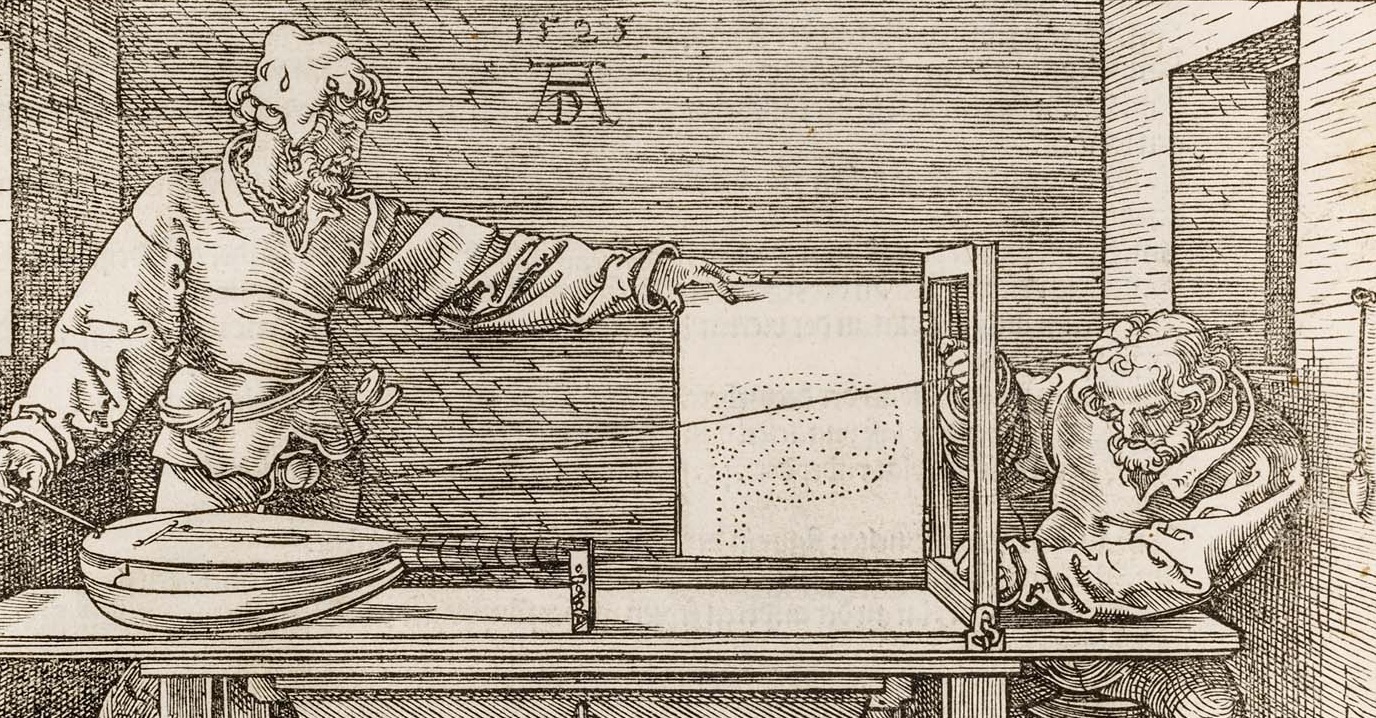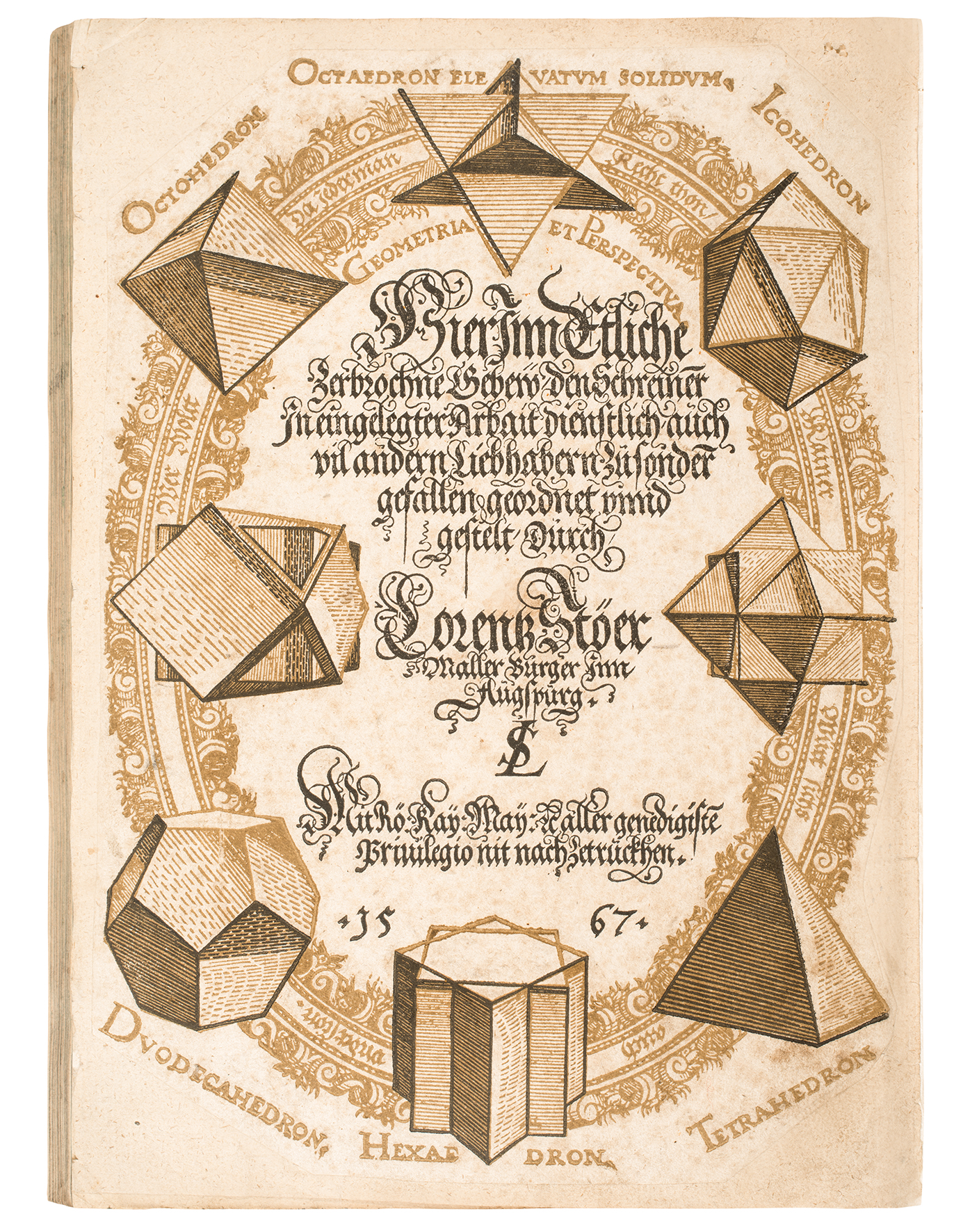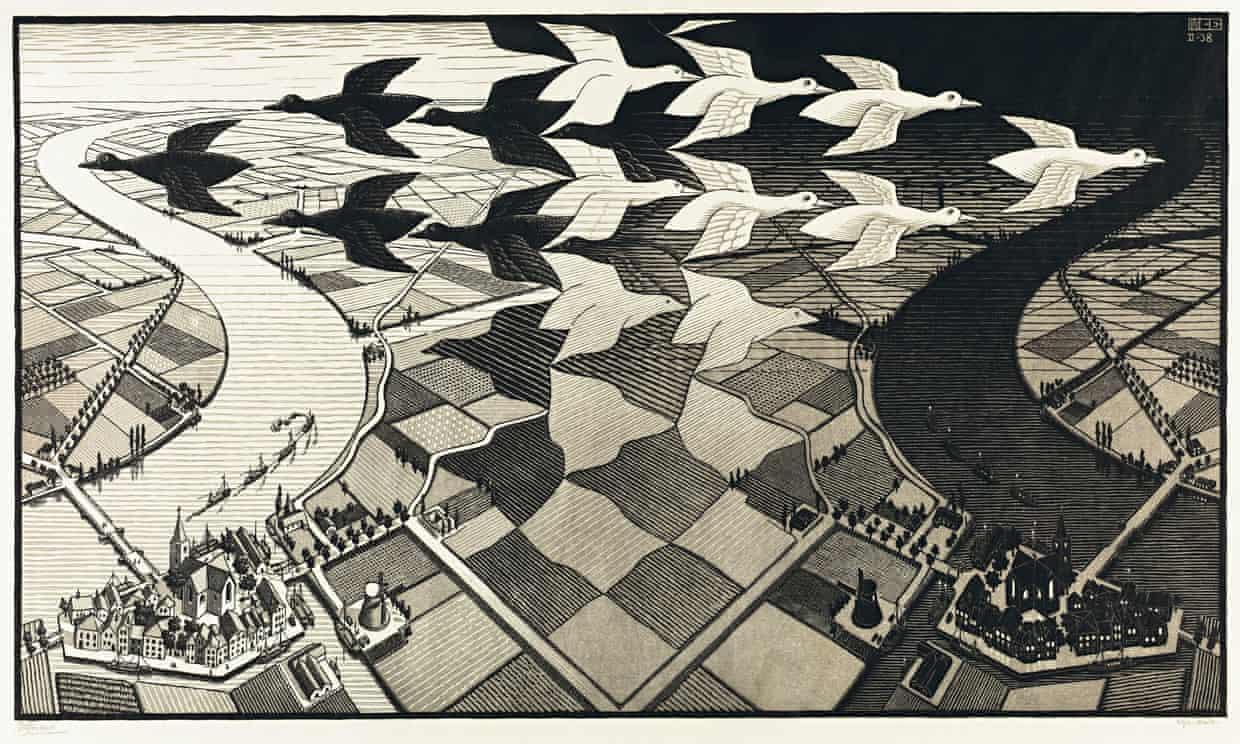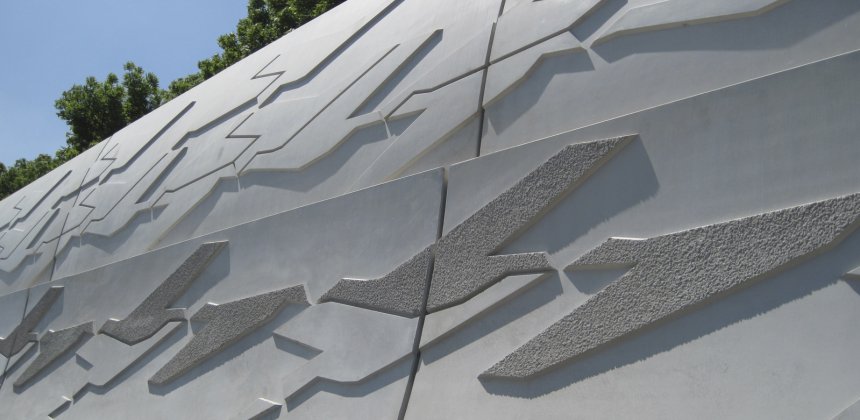
Perspective is the art of representing the world in the way the human eye perceives it. Questions of visual perception and spatial arrangement have continuously been discussed and remain relevant, whether in surrealist painting, in constructivism or in any other geometrical abstraction or exploration. Space and methods of placing people and objects in perspective have been explored in the past and continue to preoccupy artists to the present day. In our new brochure titled Perspectives: A special collection of artist's manuals on perspective and human proportion, we offer an exciting collection of fifteen very rare, early printed books about the invention of 'perspective' by and for artists.
These beautifully illustrated books deal with the discovery of the techniques of 'perspective'. Ten out of these are extremely rare, first editions. The highlights are Glockendon's German version of Pélerin / Viator's De artificiali perspectiva of 1509 and a compilation of three books by Albrecht Dürer published in 1525, 1527 and 1528.

It took years to assemble the collection now on offer, which consists of books printed in Venice, Pesaro, Paris, Toulouse and, understandably, several that originated from German cities. Among these, Nuremberg, of course, takes a prominent position, as it was not only Dürer's hometown, but Europe's most vibrant city at that time, a hub for the arts, industries and technical developments.
The artistic splendour of Nuremberg's medieval craftsmen was immortalised on parchment (see our Glockendon Passio Christi ), on paper (see our Biblia Germanica), in wood, bronze and stone. For centuries this legacy of craftsmanship and inventiveness, originating from a town at the crossroads of Europe's major trading routes, has inspired new artistic traditions.
With his works on measurement, fortification and proportion, Dürer ignited the interest in the art of perspective among a Nurembergian group of artisans, who also published their ideas. Lorenz Stöer, Wenzel Jamnitzer, and Hans Lencker, among others, showed a vital interest in the presentation of complex geometrical forms that were stunning and highly decorative. Stöer (d. c. 1599), who left Nuremberg temporarily for Augsburg, published his extremely rare work Geometria et Perspectiva, Hier Inn Etliche Zerbrochne Gebew, den Schreinern In eingelegter Arbait dienstlich in 1567. He presented fantastical landscapes enlivened by various polyhedrons combined with ruins. It served, as the title mentions, as a model book for cabinet makers and craftsmen producing wood inlays or intarsia.

Wenzel Jamnitzer (d. 1585), a leading goldsmith and instrument maker in Nuremberg, published his Perspectiva. Corporum Regularium. Das ist, Ein fleyssige Fürweysung, wie die Fünff Regulierten Cörper, ... inn die Perspectiva gebracht in Nuremberg in 1568 with all plates engraved by Jost Amman. Jamnitzer took interest in applied mathematics, perspective and mechanics. Following Dürer’s ideas, he invented a drawing tool that helped create the illustrations: the five geometrical bodies, the tetra-, octa-, hexa-, icosa-, and dodecahedron.

These books have inspired artists throughout the ages to the present day. The bizarre and implausible coexistence of buildings, nature, and puzzling geometrical objects published in our perspective books is so surreal that these may have inspired the works of the Dutch graphic artist Maurits C. Escher (d. 1972). Escher's oeuvre is renowned for the mathematically-inspired optical illusions.

Here, in an experiment with the formal possibilities of perspective, Escher shows a host of what looks like robotic birds or airplanes receding into infinite space. Artistic explorations in matter, space and the universe, lead to works that are more than geometric exercises: they unite formal wonder with vision. Such works inspired the artist Aletta van Aalst to create road structures that serve as noise barriers. Since 2012, they can be seen along the A2 motorway to Amsterdam, between Ouderijn and Everdingen. These noise barriers are what Germans call 'ein optisches Erlebnis', an optical experience. As shown here again, we all stand on the shoulders of those who have gone before us.



